How Cebuano Fishermen Helped Defeat the Japanese in World War II
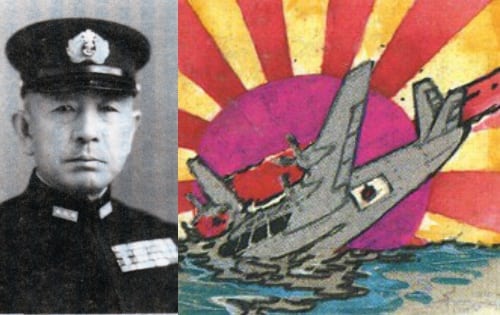
Who knew that losing one’s papers could be so history-changing? As this story illustrates, it might just lead to an entire country’s defeat and to another’s liberation.
It was the summer of 1944, and American forces were slowly but surely making their way across the Pacific towards the Philippines. Although they now had the numerical and technological superiority, their opponents (the Japanese) were far from being beaten just yet. On the contrary, the latter was banking on crushing the Americans in one decisive final battle to force the US to sue for peace and let them keep the territories still in their hands.
Also Read: The Amazing Story of Smoky, The Cutest WWII Hero in the Philippines
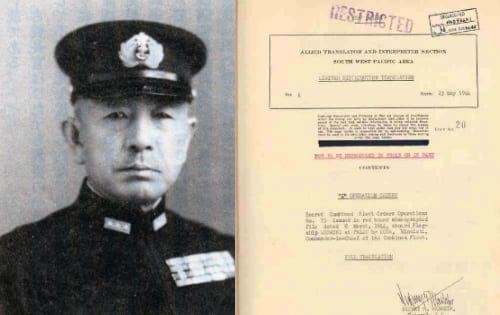
To beat the odds, Admiral Mineichi Koga, the successor of Isoroku Yamamoto who was earlier killed by American forces, drafted a plan calling for the remaining Japanese forces to be consolidated. Aptly called “Z Plan” (Combined Fleet Secret Operations Order No. 73), the strategy called for committing the remaining Japanese forces to a make-or-break battle with the Americans in a setting favorable to the Japanese.
READ: This Unsung WWII Hero Will Inspire You To Be A Better Filipino
To achieve a victory against the overwhelming American fleet, the Japanese planned to hit back with all their naval and air (both land and sea-based) assets against them. Koga wanted to utilize the hundreds of land-based aircraft Japan still had to counter the US naval air power.
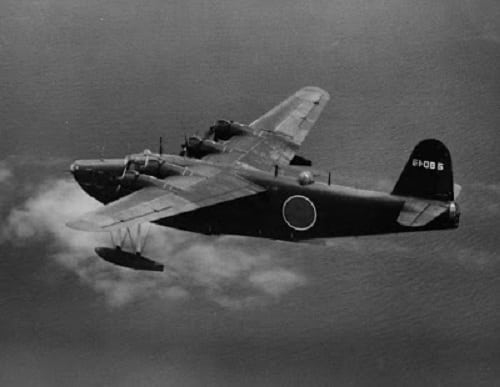
Due to the steady American advance, Koga had to abandon his headquarters in Palau and fly off to the Philippines. With the papers firmly secured in a suitcase, the admiral set off for the archipelago on March 31, 1944. Unknown to him, the plane flight would be his last.
Related Article: Meet the Terrifying Moro Warriors and Heroes of WWII
As fate would have it, Koga was killed after a tropical storm crashed his plane on April 1 as it attempted to fly to the Philippines. Another plane carrying his chief of staff Rear Admiral Shigeru Fukudome managed to make it long enough to crash-land in the waters between Cebu and Bohol.
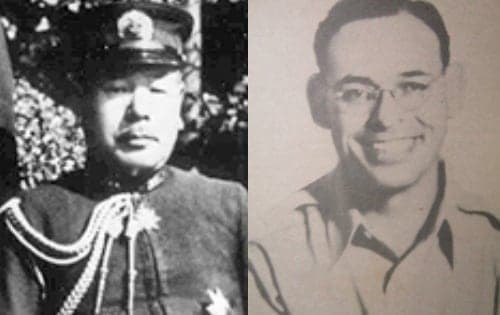
Fukudome was rescued and captured by local guerrillas under the command of Lt. Col. James Cushing while the important documents which had been entrusted to him were later found floating in Perilos, Carcar and retrieved by local fishermen.
Sure enough, the papers were handed over to Cushing who then relayed their existence to Douglas MacArthur’s headquarters in Australia.
Also Read: 0 Amazing Facts You Probably Didn’t Know About Cebu
Although the Japanese forces in Cebu burned down houses and killed scores of civilians in an attempt to retrieve the papers, they miserably failed as Cushing arranged for a submarine to transport the documents to Australia where they were decoded by Allied intelligence. In exchange for the Japanese stopping their atrocities, he arranged for the release of the Japanese prisoners including Fukudome, incidentally making him the first Japanese flag officer to have been captured and then released in World War II.
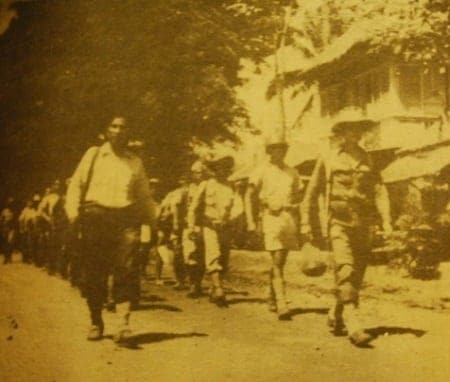
The deciphered papers ultimately proved to be one of the greatest intelligence breakthroughs for the Allies in the Pacific. Aside from resulting in American naval forces’ lopsided victory in the Battle of the Philippine Sea (also known as the greatest carrier battle in history) after they refused to be drawn towards the range of Japanese land-based aircraft and instead engaged the enemy in the open sea, the decoded documents also revealed the strength and concentration of Japanese forces in the Philippines.
READ: The WWII Japanese Soldier Who Hid in Philippine Jungle For 29 Years
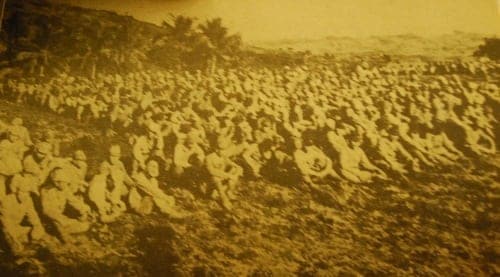
Some of 10,000 Japanese soldiers who surrendered. Source: Col. Manuel Segura (Author, “The Koga Papers: Stories of WW II Cebu, Philippines)
As MacArthur saw, Japanese forces were concentrated in Mindanao after Koga correctly deduced the Americans were planning to invade there first. Using the valuable info, MacArthur ultimately moved the invasion site to Leyte where the Japanese forces numbered less and accelerated the invasion timetable from December to October 1944.
Also Read: The Ancient Visayan Deities of Philippine Mythology
References
Bradsher, G. (2005). The “Z Plan” Story: Japan’s 1944 Naval Battle Strategy Drifts into U.S. Hands.Prologue, 37(3). Retrieved from http://goo.gl/pW6N0g
Campbell, J. (2012). The Color of War: How One Battle Broke Japan and Another Changed America. Crown/Archetype.
De Viana, A. (2005). The Capture of the Koga Papers and Its Effects On the Plan to Retake the Philippines in 1944. Micronesian, 4(2), 124-131. Retrieved from http://goo.gl/CH6Itk
Mercado, J. (2013). Heels and heroes. Inquirer.net. Retrieved 23 September 2015, from http://goo.gl/oTU8Z1
Written by FilipiKnow
FilipiKnow
FilipiKnow strives to ensure each article published on this website is as accurate and reliable as possible. We invite you, our reader, to take part in our mission to provide free, high-quality information for every Juan. If you think this article needs improvement, or if you have suggestions on how we can better achieve our goals, let us know by sending a message to admin at filipiknow dot net
Copyright Notice
All materials contained on this site are protected by the Republic of the Philippines copyright law and may not be reproduced, distributed, transmitted, displayed, published, or broadcast without the prior written permission of filipiknow.net or in the case of third party materials, the owner of that content. You may not alter or remove any trademark, copyright, or other notice from copies of the content. Be warned that we have already reported and helped terminate several websites and YouTube channels for blatantly stealing our content. If you wish to use filipiknow.net content for commercial purposes, such as for content syndication, etc., please contact us at legal(at)filipiknow(dot)net